
Aussie lungfish has largest animal genome known to science
Scientists are teasing out the secrets that place the Australian lungfish near a critical moment of evolution. A team of researchers at the Research Institute of Molecular Pathology (IMP) in Vienna has sequenced…
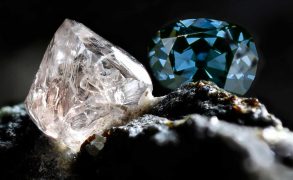
Superdeep diamonds reveal the limits of carbon-based life
For the first time, analyses of diamonds have demonstrated how deeply life leaves its mark inside the Earth. All life on Earth is part of the carbon cycle. Plants and animals are made…
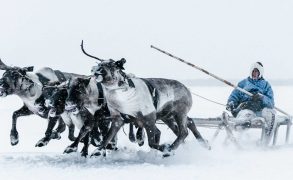
Is Rudolph’s nose really red?
Reindeer do have red noses, due to a high concentration of red blood cells. The four-legged animals have at least 25% more blood cells in their noses than humans. While this may have…
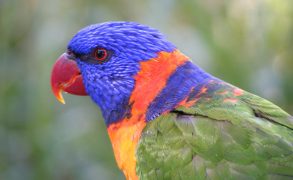
Lorikeets rule as 4.6 million birds are counted in 7 days
The 2020 Aussie Backyard Bird Count achieves a record response for citizen-based science. Unprecedented numbers of people across Australia took part in BirdLife Australia’s popular 2020 Aussie Backyard Bird Count, which ran from…
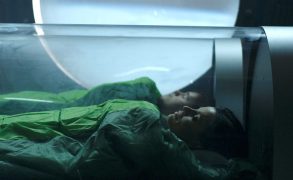
Teaching humans to hibernate
The idea of making astronauts hibernate on long space missions often appears in science fiction, but now it is one step closer to reality. Scientists from the University of Tsukuba in Japan have…
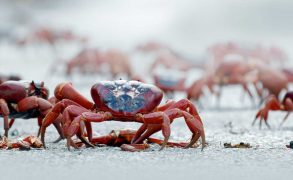
Why do Christmas Island crabs swarm every year?
Once a year on Christmas Island, in the Indian Ocean, some 120 million terrestrial crabs migrate from the jungle to the water to breed. The crabs swarm during the rainy season, which takes…

Solar panels that sweat…
Engineers across the world are searching for way to improve the efficiency of solar panels. As new materials and designs are tested, any efficiency improvement – even a few percent – is announced…
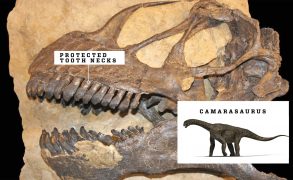
Giant Camarasaurus dinosaurs had beaks
Scientists from the University of Bonn in Germany have solved a mystery that has bothered palaeontologists for years. Discoveries have been made in many places around the world of dinosaur teeth preserved in…
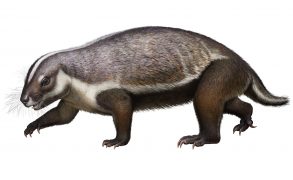
‘Crazy beast’ from the age of dinosaurs discovered
A new mammal from an essentially unknown group found only in the Southern Hemisphere has been revealed by international research involving palaeontologists from Monash University. The full fossil skeleton allows a reconstruction of…
Dogs: a caveman’s best friend
A 33,000-year-old dog skull found in Siberia presents some of the oldest evidence of dog domestication.


